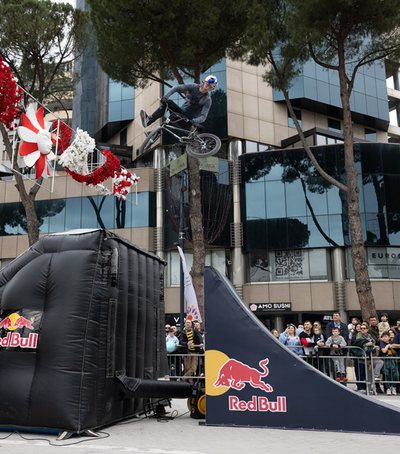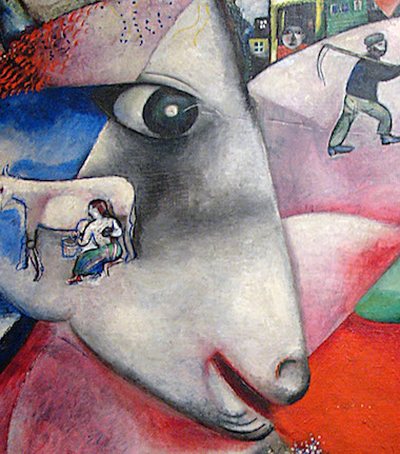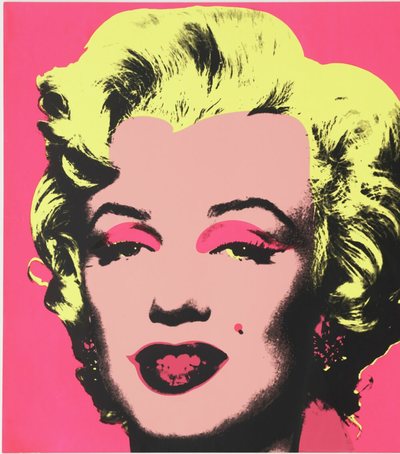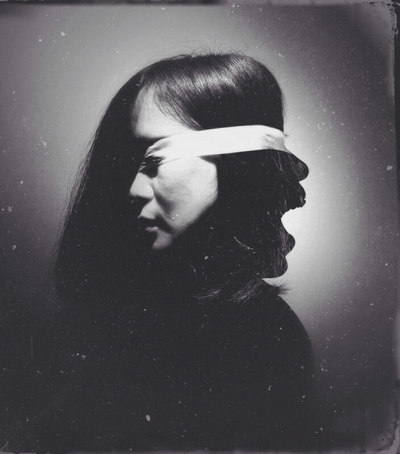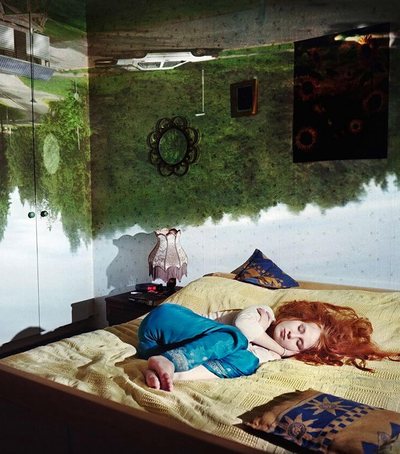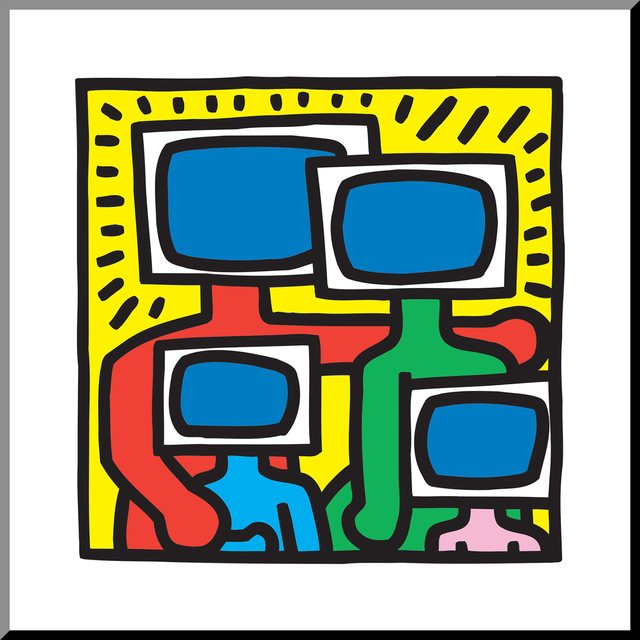
Keith Haring
Pop Art is undoubtedly one of the most famous movements in art history. Everyone knows its history and is familiar with iconic artists such as Andy Warhol and Roy Lichtenstein. However, it is a rich and complex artistic movement, so Artsper decided to take a closer look at this movement. Here, you will find 8 things you need to know about Pop Art.
#1 Pop Art was born in England

Eduardo Paolozzi
Pop Art is often seen as a product of the American way of thinking, but that's not entirely true! The first to express this idea were the British in the 1950s, and more specifically the group of intellectuals called the Independent Group, which included artists such as Richard Hamilton and Eduardo Paolozzi, as well as critics Lawrence Alloway and John McHale. They sought to explore pop culture and remove its elitist parts, using elements of American pop culture, such as "westerns", "fiction" films, etc. This movement reached the United States in the late 1950s.
#2 Pop Art was artists' way of competing with other forms of entertainment

Keith Haring
Pop Art was the art world's response to the rise of the entertainment world. Television, games, spending money... there were many ways to pass the time in this new society. Art faced fierce competition and it responded by imitating the traditions of popular culture.
#3 New York was the center of Pop Art
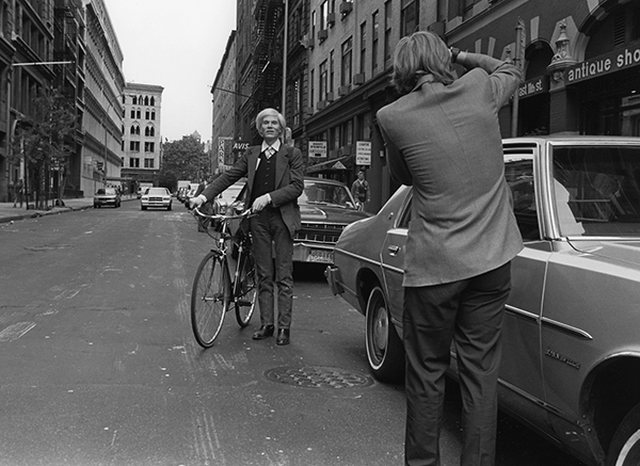
Andy Warhol in New York
Soon, New York became the center of Pop Art. And it's easy to see why; seeing as how Pop Art was inspired by giant advertising, media, and the world of entertainment, New York was the ideal source of inspiration for artists.
#4 “Pop Art” means “Popular Art”
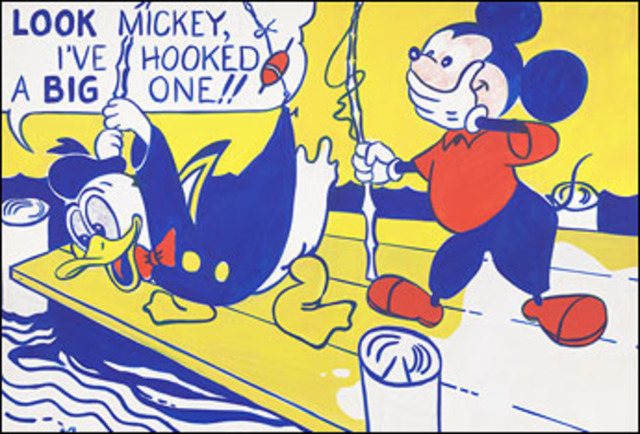
Roy Lichtenstein
This term was coined by John McHale and first used by Lawrence Alloway in 1955 to refer to folk art.
#5 British Pop Art differs from American Pop Art
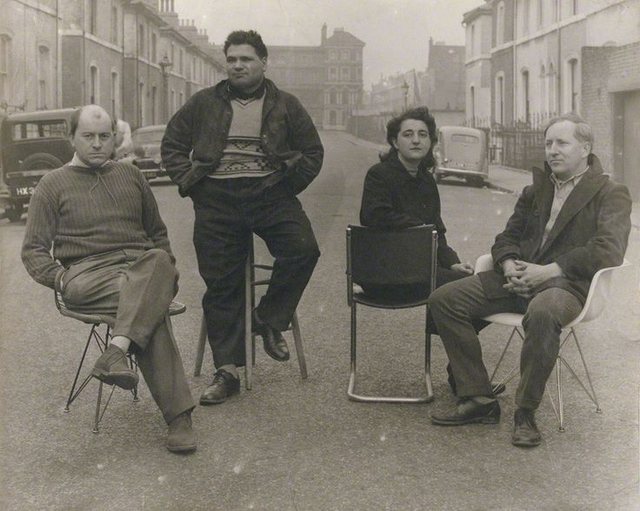
Members of the Independent Group; Nigel Henderson, Eduardo Paolozzi, Alison and Peter Smithson
Although Pop Art had the same principles in both the United States and Britain, there were some differences. British Pop Art followed developments in American society, but viewed them with more distance, humor, and emotion. American Pop Art absorbed entertainment culture, media, and consumerism; consequently, it was an immediate result of this experience. American art was more aggressive, and its aesthetic and stylistic features were more defined.
#6 Pop Art drew images and symbols
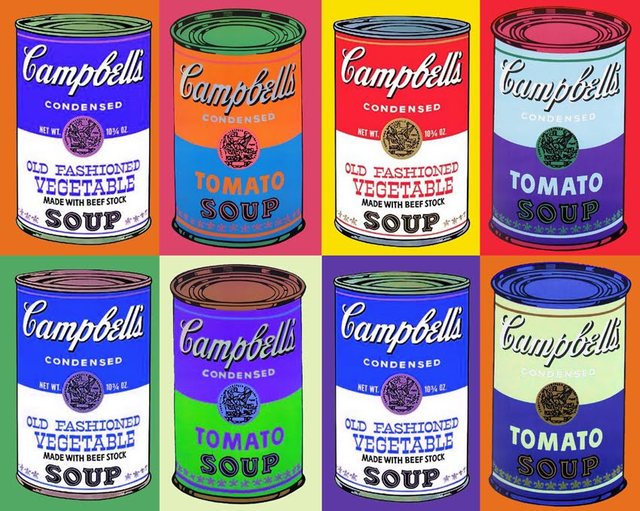
Campbell's Soup Cans, Andy Warhol
Pop Art often used images from advertising and the media, as well as symbols: images that we encounter often and that educate us, symbols that regulate our lives. We all know the works of Andy Warhol and his Campbell's soup cans reproduced in different colors. Advertising was a great source of inspiration for Pop Art, but later the world of advertising itself was inspired by Pop Art.
#7 Pop Art Defiles Fine Arts
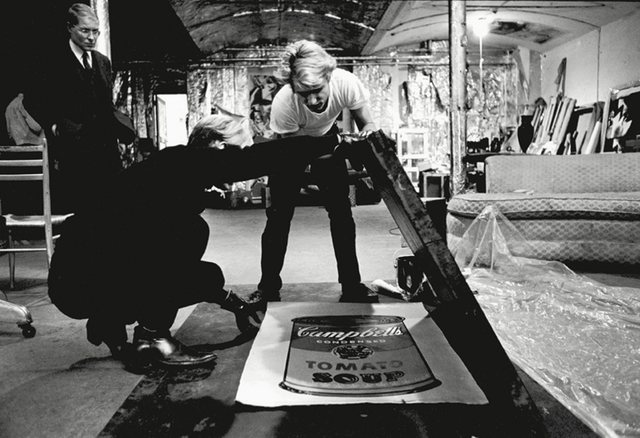
Andy Warhol
Pop Art also meant the return of screen printing. Artists experimented in a world where nothing was the same anymore: objects were being mass-produced, as were images. Uniqueness was abandoned in exchange for mass production. Furthermore, using elements of popular culture, Pop Art artists replicated these images many times, in different colors and sizes… something that had never been seen before in the History of Art. In fact, these artists were often criticized and for good reason; these works of art were no longer the work of the artist, they lost the character of their “artisan”.
#8 Pop Art is an attitude

Lou Reed's "Transformer" Album Cover
Of course, Pop Art is an artistic movement, but it is much more than that. It is an entire generation that made cynical observations about society, with style and humor. At the time, many other fields were inspired by Pop Art. For example, the rock band "The Velvet Underground" asked Andy Warhol to design their album covers.
These coincidences and critical attitudes turned Pop Art into something “unforgivable,” because this movement simply commented on the changes that were happening in society, while also taking responsibility for them at the same time. These are 8 things you need to know about Pop Art.
Source and Copyright of the Article - Artsper Art Magazine : https://blog.artsper.com/en/a-closer-look/8-things-know-pop-art/

